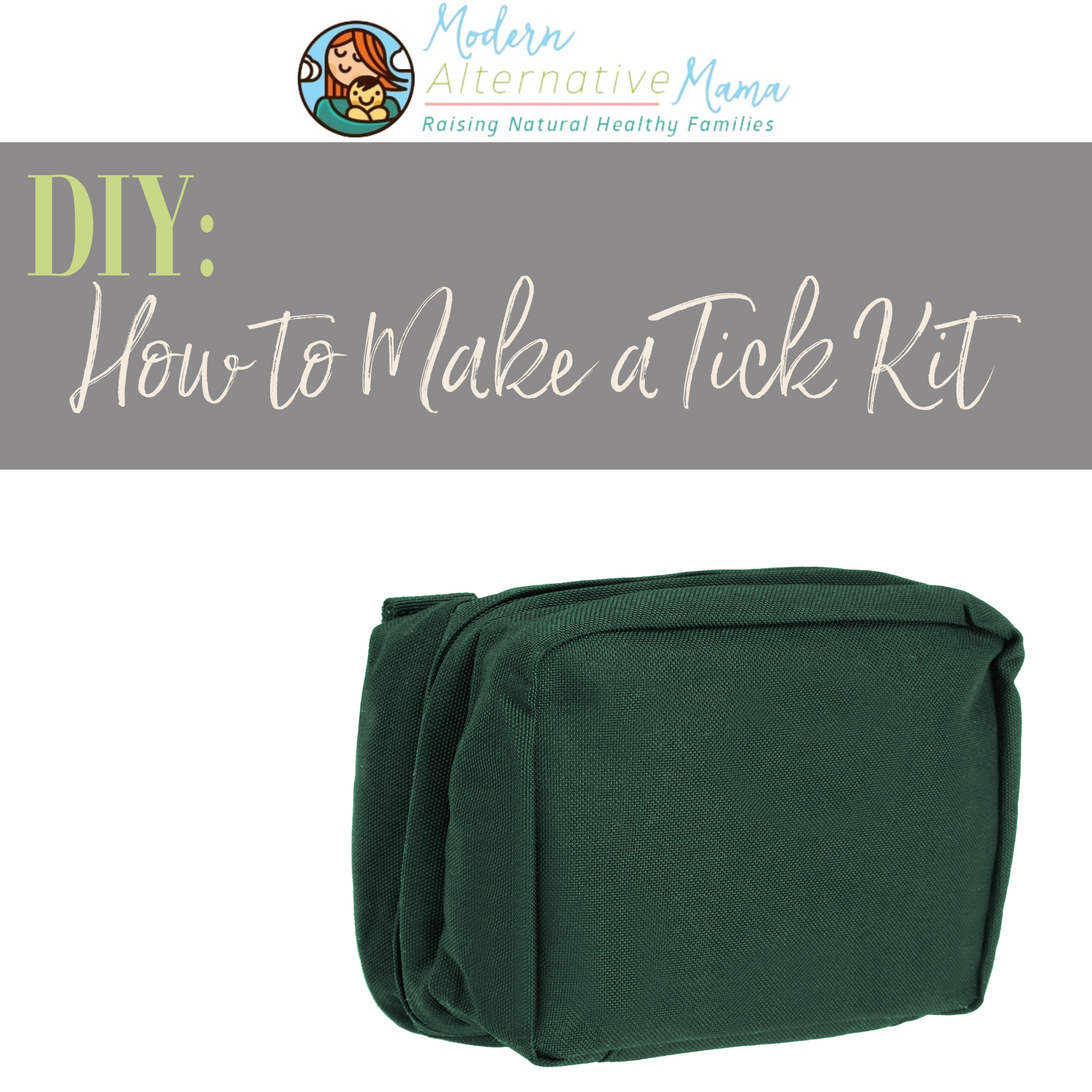Last April, my homeschool group decided to make our monthly “mom’s night out” a “mom’s night in” instead. We planned out a DIY night at one member’s home, where we all brought awesomely yummy real food to share, and we made several natural projects together — diaper cream, bug spray, magnesium lotion, and more.
It was a hit.
We planned our second DIY night in August, and our third in October, and now we’re anticipating one every couple of weeks until mid-December so that we can work together to make amazing homemade items for both ourselves and for Christmas gifts.
Why You Should Have a DIY Night
I don’t know about your group of friends, but in mine, people vary widely in their knowledge about how to make things themselves. Some don’t really “DIY” at all. Others sew well but don’t make other stuff. Some make lotions and soaps, but don’t sew. Others cook, but don’t sew or make lotion. And so on. We all have varying talents.
But, we all prioritize clean/safe items, and we all love homemade, upcycled, and so on.
A lot of us do or have felt intimidated by making our own items. A DIY night solves all these problems!
- Utilize the talents of each individual person
- Help those who are unsure to learn new skills in a hands-on way
- Work together to learn something that’s too intimidating to try alone
- Go home with several amazing, clean, homemade products
- Enjoy a night of fun and hanging out with friends!
It’s a really great system. Those who know how to do it, teach others. (And we all take turns teaching.) Those who want to learn, pay attention and learn, and often end up doing it again on their own later. Those who just want awesome stuff, pay for the supplies and play with babies while others make the products. And those who just need a night out, come to hang out and chat and don’t necessarily make anything.
It really is awesome.
How to Plan a DIY Night
Since I’ve planned almost half a dozen now, I’ll teach you how to do your own!
Step 1: Pick a Date and Location
We have rotated ours to be on different evenings during the week. Usually, we do Thursdays, as that is what works the best for most people, but we have also done Tuesday, Monday, and we’ll even have one on a Friday. We decided to stay away from weekends, and we don’t do Wednesday because many people in our group go to church then. Around 7 is a good starting time because most people are free by then (off work, if applicable). Ask around your group for suggestions on day/time, but don’t wait to find one that works for everyone. There won’t be a date that does. Get some feedback, then just pick one.
As for location, choose one with a decent-sized kitchen. You’ll need plenty of space both for eating, talking, and making projects. Counter space is helpful. Smaller spaces are a bit more chaotic but workable. (I didn’t host one while we lived in the apartment. We don’t anymore, so I’ve started to host.)
I usually create Facebook events for these nights with all of the details. Guests can invite friends, but I ask that everyone confirm their RSVP at least 3 days prior to the event. (I usually invite 30 – 50 people, and we usually have 6 – 8 who come.)
Step 2: Choose Your Projects
We usually choose 3 – 5 projects to do on a given night, knowing that at least a couple are very quick and easy, with one or two that might be a little more involved. More projects can mean more chaos.
Project ideas:
- Magnesium lotion
- Deodorant
- Acne salve
- Diaper rash cream
- Sunscreen
- Bug spray
- Elderberry syrup
- Arnica salve
- Cough syrup
- Lavender green clay mask
We have also done whipped body butter, lotion bars, and lip balm, but I don’t have recipes for those posted (yet).
Don’t take on too many at once. It’s better to do fewer and know that you will get it all done, than to take on too much and get confused and not finish. If someone leading the DIY night has made some of the recipes before, it is easier to take on more. If everyone is learning together, plan to only do 2 or 3.
Post the full recipes in the event so that everyone can see what you are making and what is needed.
Step 3: Figure Out Materials
We have done this two different ways. One way is for everyone to contribute a couple of items towards what is needed. This worked really well for us when we did a ‘basic’ night in the spring, because almost everyone had or could buy simple items, like oils, beeswax, herbs like rosemary, witch hazel, etc.
Another way is for one person to buy all of the items in bulk and split the cost among everyone. If no one really has these ingredients, it makes more sense to do it this way to get better prices. Our group often prefers this if we are teaching people who are new to DIY, because they don’t want to figure out where to buy all the ingredients when they don’t yet know what to do.
I would suggest ordering off Amazon, or Mountain Rose Herbs, and doing so at least a week, preferably two weeks in advance. Don’t forget containers! If you want to buy metal tins, glass jars, etc. it’s cheapest to buy those in bulk, too.
It’s easiest to print out recipes in advance and have a copy for every person who is attending. This makes it easy for people to help — everyone knows what is happening — and for them to take home for later so they can make the recipes again if they like them.
I suggest putting the recipes in order of when you will make them, starting with the most complicated first. If you need to infuse an oil with herbs, that should be done first. If you are making something that will need to cool or harden, that should be near the beginning too. Things like masks, which only need to be stirred together, can be done towards the end.
Step 4: Finalize the Details
Make sure everyone knows a few days before the event what is covered and what isn’t, what they should bring (if anything), etc. Have people bring food to share and make an evening of it! Bring wine if that’s your thing. Answer final questions.
Step 5: Make it Happen Smoothly
On the DIY night, arrive early (if you are not hosting at your own home) or have your home ready early. Clear a space for food to go, and prepare places for people to sit. Get out pots, pans, whisks, immersion blenders, spoons, and other equipment needed for the projects.
Plan to sit and eat and chat for 30 – 45 minutes. Then, start on the projects, one at a time. Explain each project, have everyone help in gathering the materials. Multiply the amounts and write them down so that you know how much you need for the number of people there. People can help measure out and mix the materials as needed.
I suggest doing one project at a time. If one project needs time to sit, start another, but don’t try to actually do multiple projects at the exact same time. The one time we did that, it was very confusing for everyone. No one knew which ingredients should go in which bottle or pan and even I didn’t know who was doing what after awhile. Those projects also didn’t turn out as well.
It usually takes us about 2 hours to get through 5 projects and let everything dry/cool.
Step 6: Extra Information
It helps to have a way to label the containers. Masking tape and a marker works just fine. Cute labels are fun, but not required.
Plan at least 20 minutes for salves and lotions to cool enough to handle them. Do these first, or finish the projects and eat and chat before leaving. Or, leave the projects to cool overnight and pick them up the next day.
Doing the math in advance is useful, if you know the exact number of people who will be attending. (But sometimes people drop out last-minute, so it’s not always possible to do the math to multiply the recipes.)
If there’s a more complicated project, consider having only one project, or doing it by demonstration-only and not participation. (We have a soap-making night coming up, real lye soap, and someone who has made it several times will be showing us how.)
Most of all, just enjoy it and have fun!
Have you ever done a DIY night? What did you make?
SaveSaveSaveSaveSaveSave





